Exploring the Mysteries of the Ark of the Covenant: 7 Clues
Written on
The Enigmatic Ark of the Covenant
The Ark of the Covenant, a sacred artifact according to biblical texts, was believed to have been lost during the Babylonian siege of Jerusalem in 586 BC. Researchers have identified seven possible cities where the Ark might still be hidden.
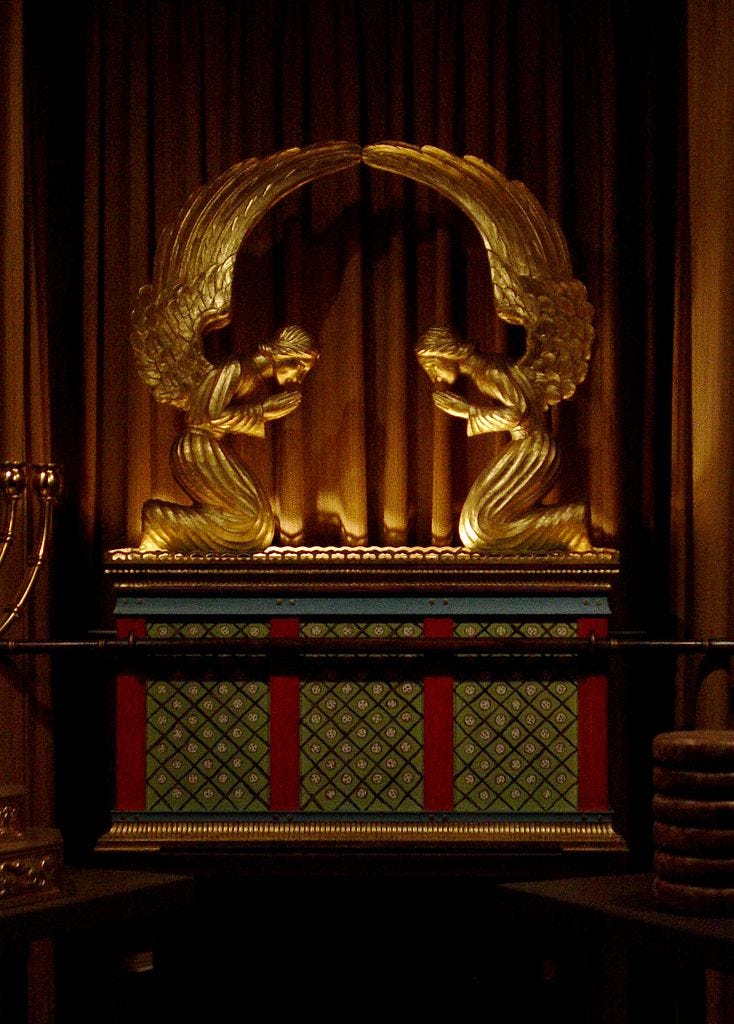
The Ark is described in the Bible as a beautifully adorned box that held the stone tablets of the Ten Commandments, which Moses received from God on Mount Sinai. This artifact was a representation of Yahweh's presence and, according to Jewish tradition, also contained Aaron's rod and a vessel of manna. What ultimately happened to the Ark?
Measuring 140 cm in length, 80 cm in width, and 80 cm in height, the Ark was crafted from acacia wood and overlaid with gold. The primary accounts of this lost treasure can be found in the books of Deuteronomy and Exodus. The Hebrew scriptures indicate that prior to the construction of Solomon's First Temple, the Ark was transported on a specially designed cart during military endeavors, as it was believed to grant invincibility to its bearers.
Following King David's conquest of Jerusalem, the Ark was returned from the desert and stored within the city for many years, residing in various temples. However, during the Babylonian conquest led by King Nebuchadnezzar II in 586 BC, the First Temple was destroyed, and the Ark vanished. While legends suggest that the city's defenders may have concealed it, it is more likely that it was either taken or destroyed during the invasion.
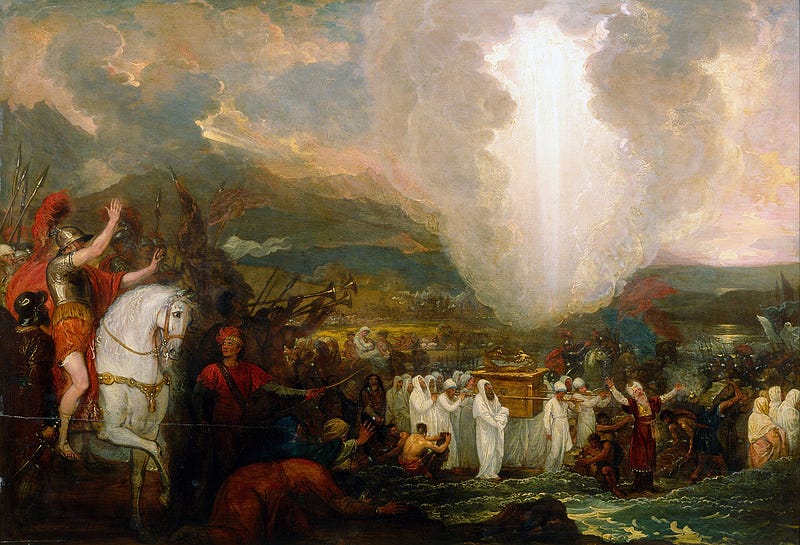
According to one legend, the Ark will reemerge with the arrival of the true Messiah. For thousands of years, this cherished Christian and Jewish artifact has been the subject of relentless searches, yet it remains elusive. Archaeologists have occasionally stumbled upon clues that could indicate its final resting place. The quest for the Ark has also permeated popular culture, notably in the iconic 1981 film "Raiders of the Lost Ark," where Indiana Jones seeks the relic before the Nazis can exploit its power.
Potential Locations of the Ark of the Covenant
Here are the cities that offer intriguing clues about the Ark's possible whereabouts:
Chartres (France)
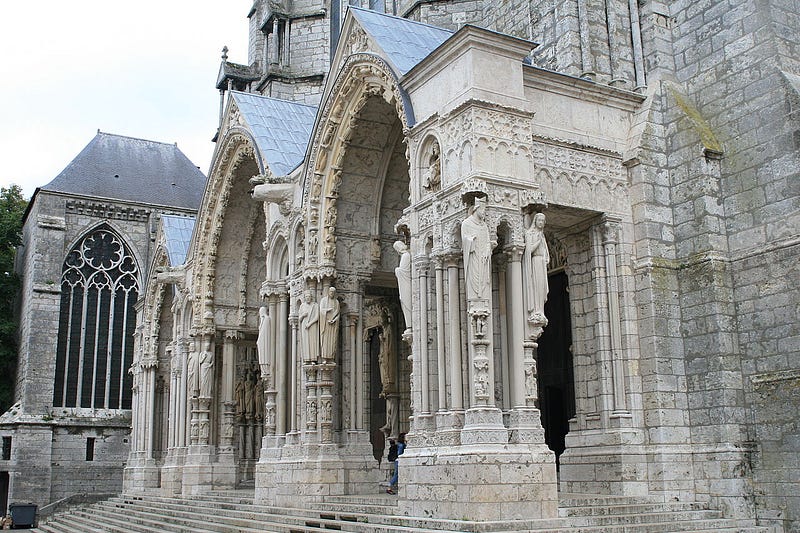
A bas-relief featuring the Latin phrase "Here the Ark is kept" can be found on the medieval cathedral in Chartres. Is this merely a symbolic reference, or did the Knights Templar, closely linked to this church, actually find the treasure? Other locations in France are also suggested as potential hiding places for the Ark, especially in the historically tumultuous Languedoc region.
Rome (Italy)
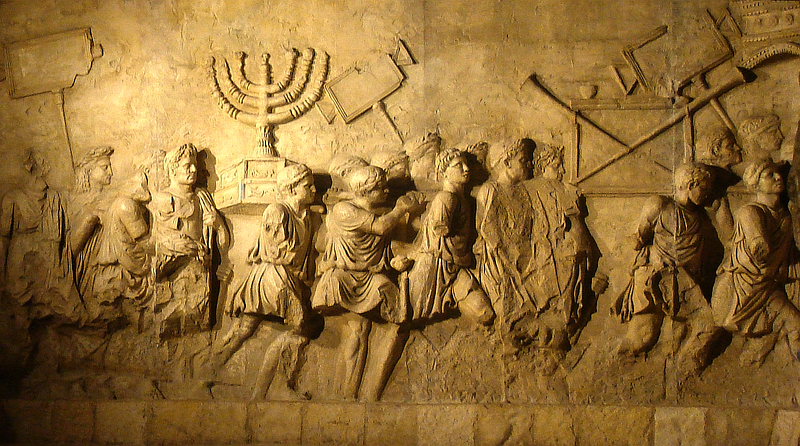
The Arch of Titus features a bas-relief showing Romans carrying a large Jewish menorah and a mysterious chest from the Jerusalem Temple. Could it be that the Ark was taken to Rome and later plundered by invaders? Alternatively, might it still reside safely in the Vatican?
Jerusalem (Israel)

The Ark was originally housed at the Temple Mount in Jerusalem, where it was believed to have been kept. Its location has since become a mystery. The Knights Templar searched for it during the Middle Ages, and Victorian adventurers sought it in the 19th century. Rumors persist that Israeli archaeologists are conducting secret searches in the area, now dominated by the Dome of the Rock mosque.
Tanis (Egypt)
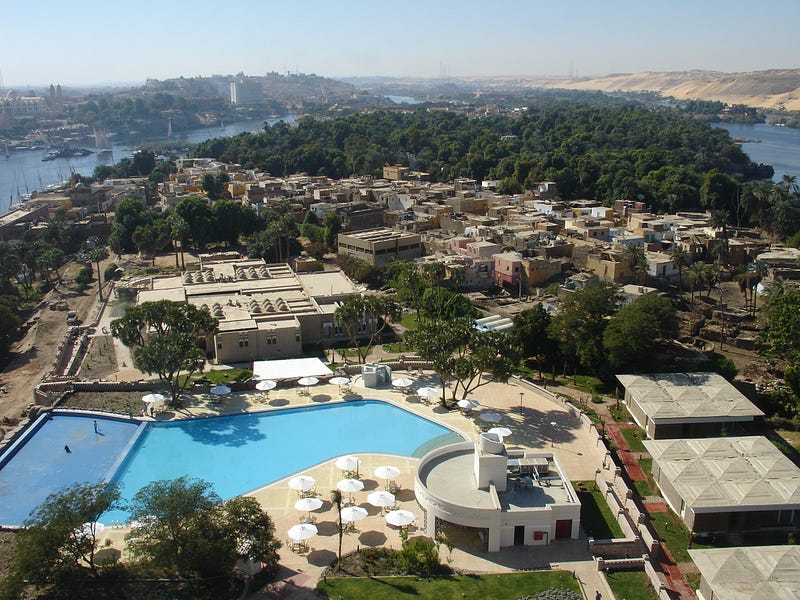
In the film "Raiders of the Lost Ark," the artifact was said to be hidden in Tanis, where Nazis sought it for its alleged power. While this is a fictional narrative, the Ark does have connections to Egypt, as Moses led the Israelites from there. Additionally, a box resembling the Ark was discovered in Tutankhamun's tomb, and other relics have been sought on the Egyptian island of Elephantine, which once housed Israelites.
Aksum (Ethiopia)
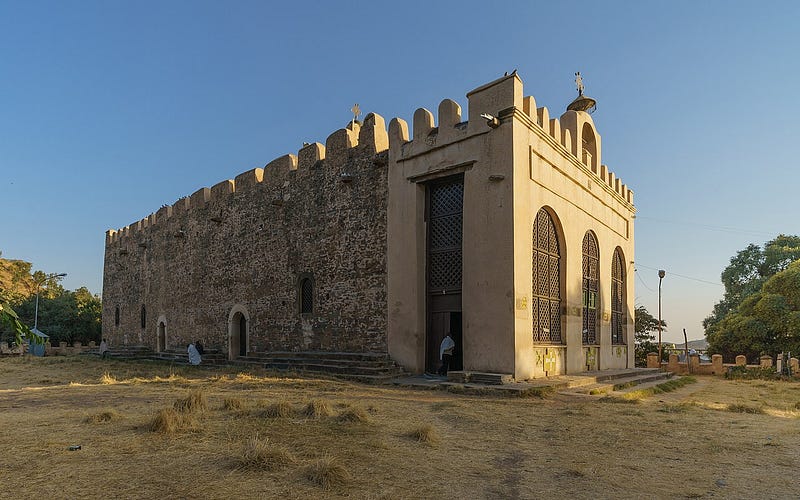
According to ancient legends, the Ark was taken from Jerusalem by Menelik, the son of King Solomon and the Queen of Sheba, and brought to Ethiopia. Many Ethiopians believe it is currently housed in the Church of Our Lady of Zion in Axum. During the Italo-Abyssinian War, there were attempts to locate this biblical artifact, but it was reportedly hidden away.
Lalibela (Ethiopia)
Another Ethiopian site associated with the Ark is the rock-hewn churches established by Emperor Lalibela in the 12th-13th centuries, who envisioned a new Jerusalem. Some enthusiasts speculate that these unique churches were constructed with assistance from the Knights Templar, famed seekers of the Ark.
Harare (Zimbabwe)
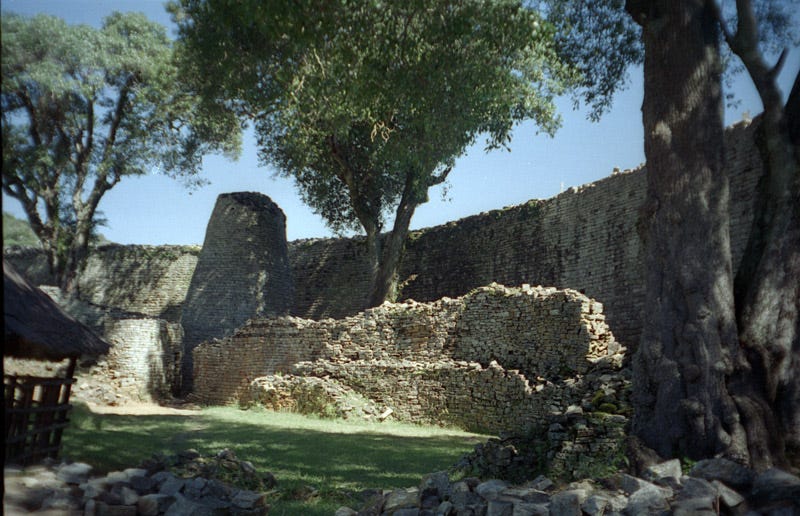
Historian Tudor Parfitt claims to have discovered remnants of the Ark in a museum in Zimbabwe's capital. The items were believed to have been brought there by the Lemba people, who are thought to be descendants of one of the Lost Tribes of Israel. Interestingly, the structures of Great Zimbabwe were once thought to be the lost mines of King Solomon. However, the object found by Parfitt turned out to be a ceremonial drum rather than the legendary Ark.
Conclusion
As the search for the Ark of the Covenant continues, its allure remains undiminished, inspiring countless theories and explorations. Will the mysteries surrounding this ancient artifact ever be resolved?
This video, "NEW CLUES in the Search for The Ark of the Covenant (Season 2)," delves into the ongoing quest for this legendary relic, uncovering fresh leads and insights.
In "Where is the Ark of the Covenant? What Role Will It Play in Bible Prophecy?" this video explores the Ark's significance in biblical prophecy and its potential future revelations.